Moments in Toy History: Converting Japanese Toys into the Transformers
In 1984, Hasbro created history when they introduced the Transformers action figures to the market. With a powerful story and exciting gameplay, these toys captured the hearts of children across the planet.
While Transformers made a huge splash, they were not the first toy to depict transforming robots. For instance, Bandai created toys with basic transformations and combinations in the Mazinger and Digaikin lines. There was Takara’s various series of transforming toys. Many of these toys hit American toy shelves well before Hasbro entered the game. However, none have reshaped the toy industry and created a phenomenon like the Transformers.
So, what was so special about the Transformers toy line and its creation? How did Hasbro take various transforming toys from Takara and other Japanese companies to create the beloved Transformers that we know today?
The Roots of Transformers Traces Back to G.I. Joe
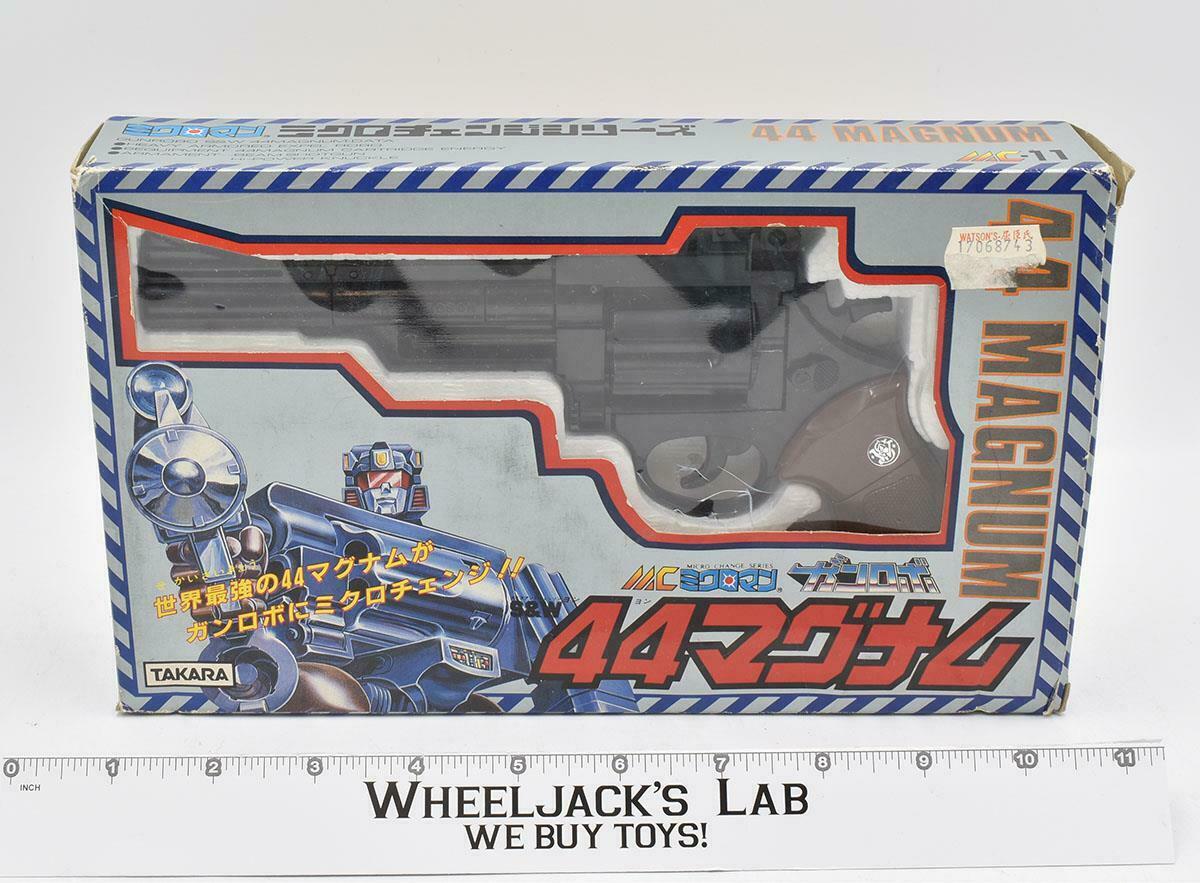
Amazingly, one of Hasbro’s most famous toy lines originated from one of their other popular toy lines: G.I. Joe. At the height of the toy line’s popularity, Hasbro licensed the G.I. Joe to Takara. However, the action figures did not maintain the same form as Takara prepared them for the Japanese Market. Rather than maintain the militaristic appearance, Takara reworked the figures to produce unique superheroes for Japanese children to latch onto. Thus, Takara produced a Henshin, or transforming, Cyborg warrior.
As the years passed, the rising price of plastic led to Takara designing smaller action figures. Similar to America, Takara decided that 3 ¾” was the perfect size for a plastic action figure. Thus, they introduced the Microman cyborg to the Japanese market. This toy line featured multiple transforming robots and vehicles.
When Takara found the interest in futuristic, spaceships waning, they reworked their transforming toys to create two more toy lines: Diaclone Car Robo and Microman Micro Change. Most Transformers fans would easily recognize these two lines. For, they were the toys that became the basis for Hasbro’s Transformers only a few short years later.
From the Toy Fair to Hasbro’s Offices
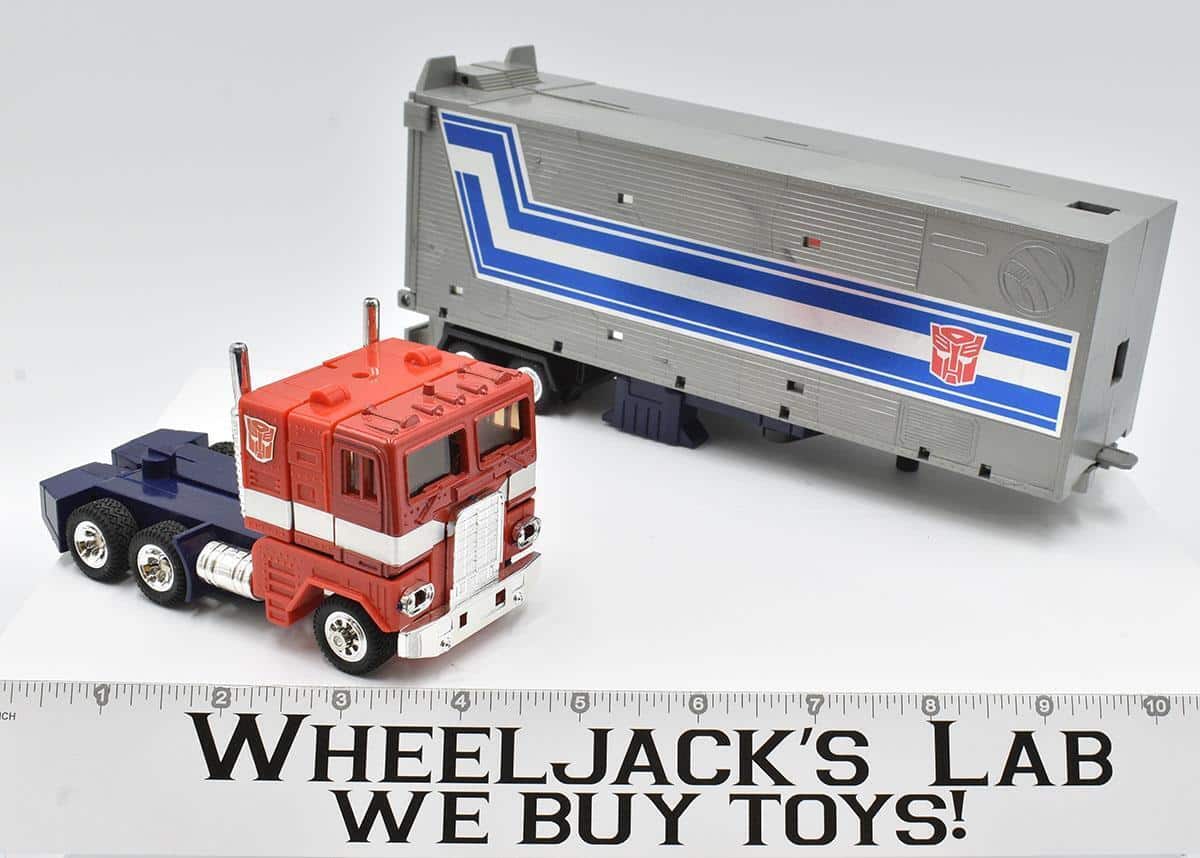
Hasbro was far from unaware of the potential of Japanese toys in the 1980s. While they already had a hit product, G.I. Joe A Real American Hero, they still sought out the newest and greatest trends. It also was beneficial to license a toy from overseas than produce a brand-new product. Thus, Hasbro found great interest in attending the Tokyo Toy Show.
As their representatives examined the Japanese toys from the early 1980s, one line caught the interest of representatives like Henry Orenstein. When Orenstein set eyes on Takara’s Diaclone and Micro Change toys, he knew that he saw something special. So, he made it a mission to bring these toys over to the United States.
Orenstein’s enthusiasm for these transforming toys spread throughout the rest of Hasbro’s executives. Thus, the company set out to contact Takara and make a historic deal. As Hasbro signed on the license Takara’s toys, they also sought out other similarly transforming toys from Japan.
While Hasbro had a full line-up of toys, ready to get repackaged and sold to Americans, they lacked a story or compelling reason to buy them. In Japan, the Diaclone and Micro Change toys existed without any connecting story. The characters had names like Gun Robo, which would be too generic to catch the eyes of American children. Luckily, Hasbro already had made friends with some of the greatest minds around, the Marvel Comics staff.
The Marvelous New Universe Full of Transformers
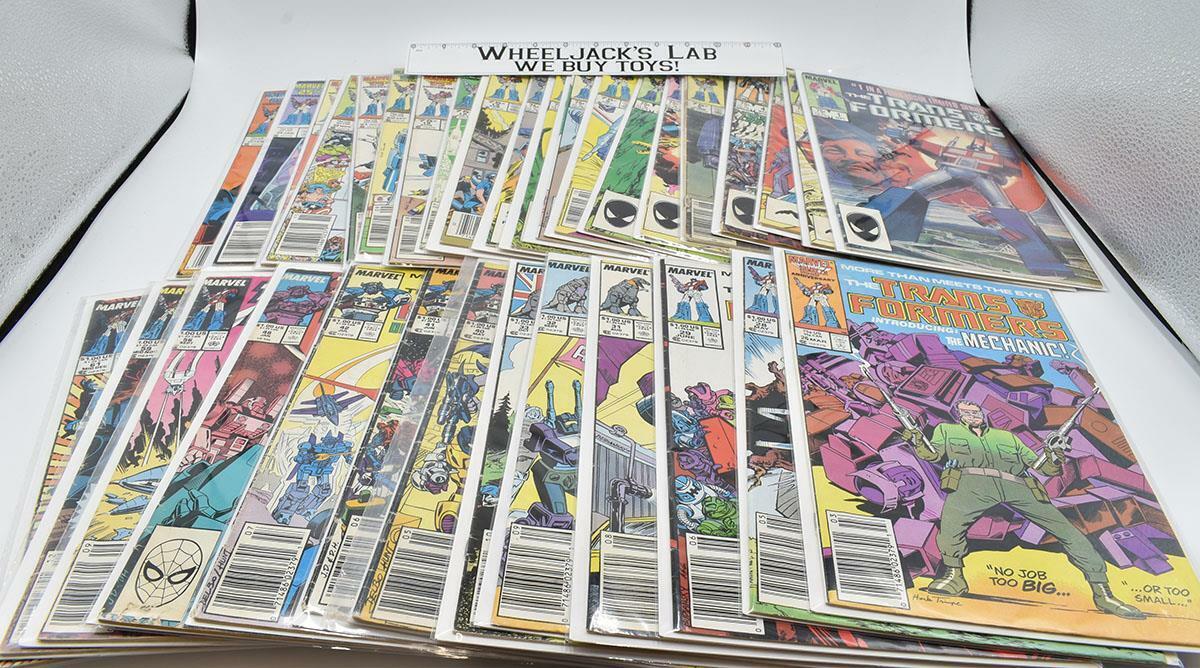
Only a few short years earlier, Hasbro and Marvel joined forces to create the story for G.I. Joe A Real American Hero. With the help of the Marvel editorial staff, the military-themed toys evolved to become the epic fight against the terrorist forces of Cobra. Marvel’s creative minds paved the way to profit and a successful cartoon series. So, Hasbro knew they could trust Marvel to create yet another captivating story.
Marvel Editor in Chief, Jim Shooter, took on a pivotal role as Bob Prupis brought the budding Transformers toy line. He understood Hasbro’s needs and was able to think “toyetically”. He also understood that this new toy line needed a group of heroes and a group of villains. So, he looked through his staff to find the right man to help transform these toys for the American audience.
The Transformers required more than just a set of names with basic backstories to become a hit. Like G.I. Joe, the series required multimedia support to prop up sales. Unfortunately, the first man to attempt to write a story treatment for the Transformers, Dennis O’Neil, had no respect for toy-driven properties. When Jim Shooter looked over the proposed story, he found it so disastrous that he scrapped it entirely. Rather than hand over a subpar story, Jim Shooter personally rewrote the basic backstory for the Transformers himself.
Luckily, Jim Shooter’s next choice, Bob Budiansky became the right man for the job.
The Man Who Set the Standard: Bob Budiansky
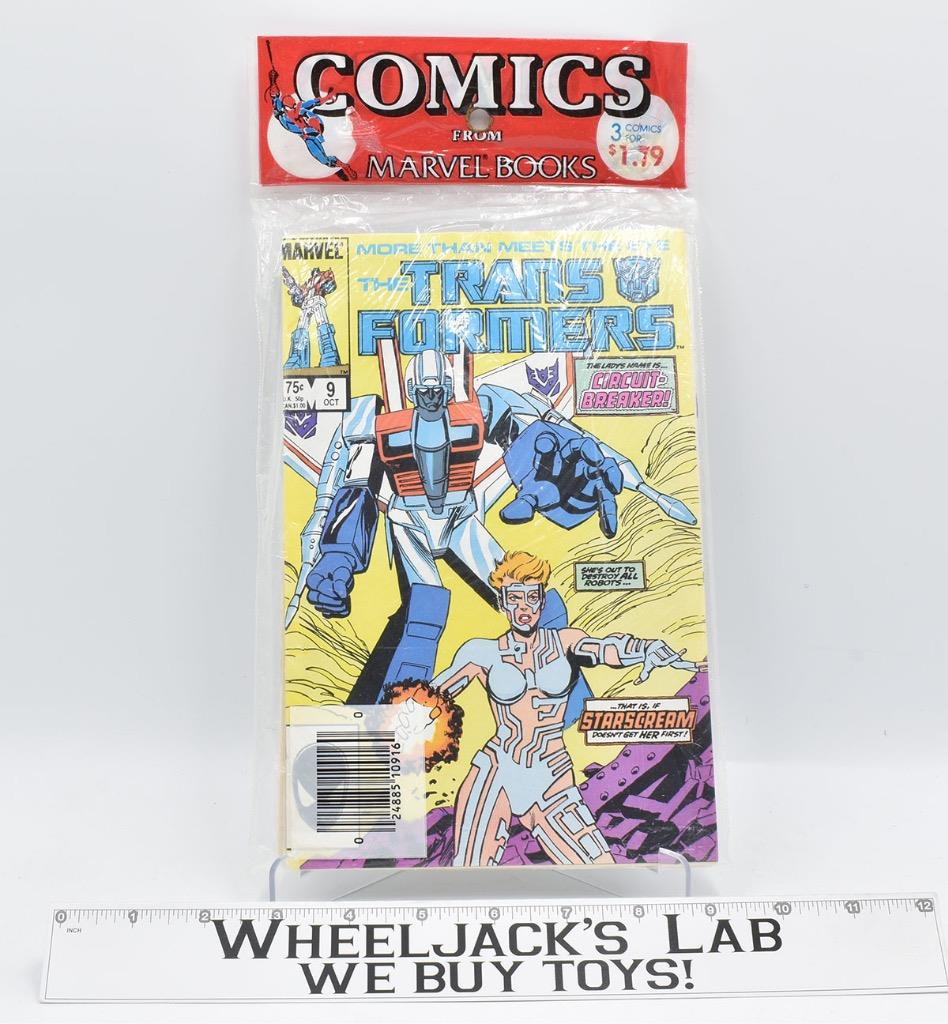
For better or worse, Jim Shooter determined that Bob Budiansky was the right man with free time to work on the series. While Budiansky was not originally a writer, for he signed on as an artist, he was capable of writing and had an open slate. With a Thanksgiving weekend deadline, Budiansky toiled to produce a working story and set of characters.
In the course of a single weekend, Bob Budiansky drafted the character details, like names and backstories, for the first 28 Transformers toys. Luckily, the man had a vast vocabulary, which helped him craft multiple catchy names for the toys. He even drew inspiration from famous movies, like One Flew Over the Cuckoo’s Nest’s Nurse Ratchet. Otherwise, he created catchy new names like Megatron. His naming conventions hit the mark, for Hasbro continued to rely on him for the names of upcoming Transformers characters.
For the first few issues, Budiansky worked as an editor, overseeing the product. However, he soon became dissatisfied with the current writers. So, Budiansky decided to take on the role of the head writer instead.
As Bob Budiansky got to work on writing for issues #5 and #6, he had Jim Osley as his editor. Unfortunately, Osley’s disdain for the series became evident, and yet another new editor was required. Eventually, they found the right team with Mike Carlin as the editor and Budiansky as the writer.
Sunbow Delivered the Excitement on Television
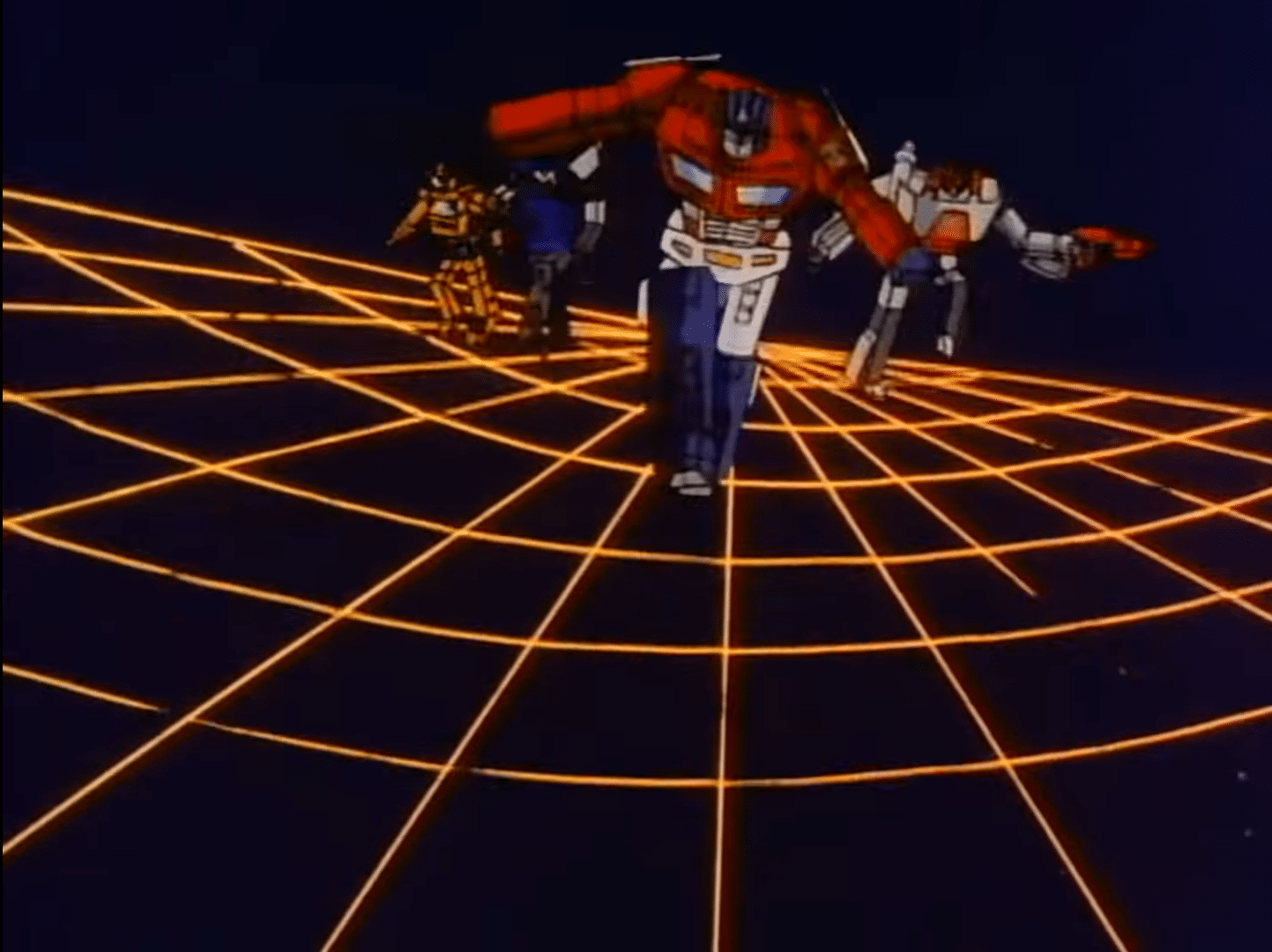
As Marvel got to work on creating the comics for Hasbro’s budding toy line, Sunbow and Marvel Productions were once again tasked with creating a tie-in cartoon series. As Sunbow was created specifically to support the clients of Griffin-Bacal, like Hasbro, they were the defacto company to create the Transformers cartoon. Likewise, Marvel Productions were founded to create television products for Marvel.
Unfortunately, the communication between Marvel’s comics division and Marvel Productions was strained on the best of days. However, the disparity between the two companies became even more clear thanks to the differences between the characters from the comics and the cartoon. Whether from rushed production or a lack of proper notes, the characters from the two media often differed in drastic ways. For instance, Shockwave was a calculating mastermind who strived to overthrow Megatron in the comics while his cartoon incarnation was the most loyal soldier under Megatron.
Despite the differences, the cartoon series became a hit which helped spur toy sales. As the series entered a second season, a feature-length film was greenlit. Not only did this film become a staple of the fandom, but it also introduced many characters that were specifically designed for the film. Thus, it ushered in a new era where Hasbro and the western creative team innovated brand-new Transformers toys.
Unfortunately, the cartoon series did not last past the third season. While the Transformers returned to television in the 90s, fans had to wait until 2007 to see their action in movie theaters once more.
The Lasting Legacy of the Transformers
Even though the Transformers began as a mish-mash collection of toys from Japan, it has greatly surpassed its roots. In fact, Takara moved on from creating their Diaclone and Micro Change toys in preference for releasing their toys under the Transformers banner. Over the decades, Takara also created multiple toys for the Japanese-only series as well as kick-started the Masterpiece toy line.
Almost 40 years later, Transformers continues to produce new and exciting toys in both America and Japan. While Takara no longer produces unique variations of the toys, they still help to produce high-end collector’s tier products. Thus, toys have remained in popular demand with both adults and children. Meanwhile, the war for Cybertron rages on in both cartoons and movies. Recently a new series was released on Paramount+ while a new live-action movie is set to release next year. With new sublines releasing each year, the Transformers are one of the staple toy lines that shows no signs of slowing down.
About the Author
Chris Ingledue is the founder and owner of Wheeljack’s Lab pop Culture and Toy Shop. His vision has always been to reunite customers with their favorite childhood toys and pop culture, triggering fond memories, and reigniting their imaginations. Every day he works in the “lab” where it’s Christmas 365 days a year; scouring the internet – like we did the Sears Catalog of yesteryear – for the next great treasure, awaiting the arrival of the postman as if he was Santa Claus himself and helping collectors worldwide with their own versions of Christmas. For Chris, every day as a vintage toy buyer is an absolute joy!